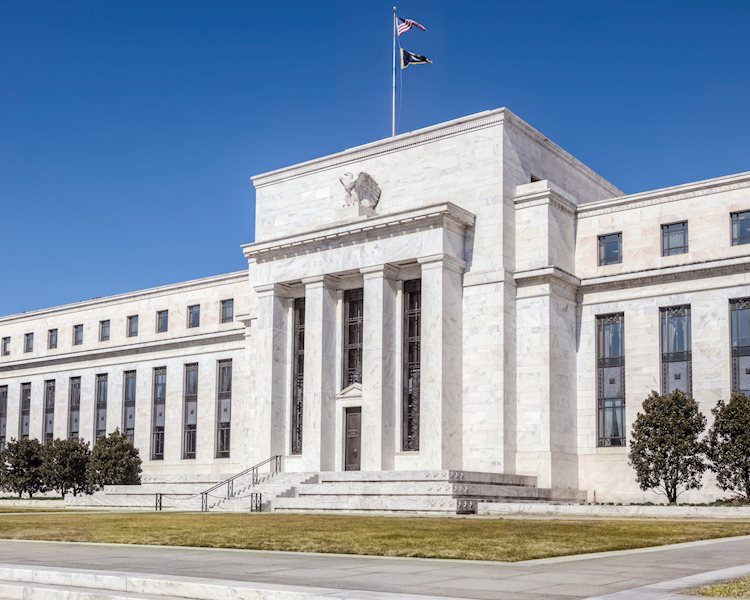The St Louis Federal Reserve (Fed) President Alberto Musalem recently stated that the Fed should gradually revert to cutting interest rates, following a larger than usual half-point reduction in the September meeting. Musalem emphasized the importance of easing off the brake and gradually making policy less restrictive, while also acknowledging the possibility of the economy weakening more than expected, which may require a faster pace of rate reductions. The US Dollar Index (DXY) is currently trading slightly higher on the day at 100.43, in response to these developments.
Monetary policy in the US is primarily shaped by the Federal Reserve (Fed), which has two mandates: achieving price stability and fostering full employment. One of the main tools used by the Fed to achieve these objectives is adjusting interest rates. When inflation is above the Fed’s 2% target, it raises interest rates to curb rising prices, resulting in a stronger US Dollar. Conversely, when inflation is below 2% or unemployment is high, the Fed may lower interest rates to encourage borrowing and stimulate the economy, which can weigh on the Greenback.
The Federal Reserve (Fed) conducts eight policy meetings annually, where the Federal Open Market Committee (FOMC) evaluates economic conditions and makes monetary policy decisions. The FOMC is comprised of twelve Fed officials, including the seven members of the Board of Governors, the president of the Federal Reserve Bank of New York, and four regional Reserve Bank presidents who serve on a rotating basis. In times of extreme economic stress or low inflation, the Fed may resort to a policy known as Quantitative Easing (QE), which involves increasing the flow of credit in the financial system by purchasing high-grade bonds from financial institutions. QE was widely used during the Great Financial Crisis in 2008 and typically weakens the US Dollar.
Conversely, Quantitative Tightening (QT) is the reverse process of QE, where the Fed stops buying bonds from financial institutions and does not reinvest the principal from maturing bonds to purchase new ones. This policy is generally positive for the value of the US Dollar. Overall, the Federal Reserve plays a crucial role in shaping monetary policy in the US and its decisions have a significant impact on interest rates, inflation, employment, and the value of the US Dollar. As the Fed continues to assess economic conditions and make policy adjustments, market participants will closely monitor developments and their implications for the economy and financial markets.











